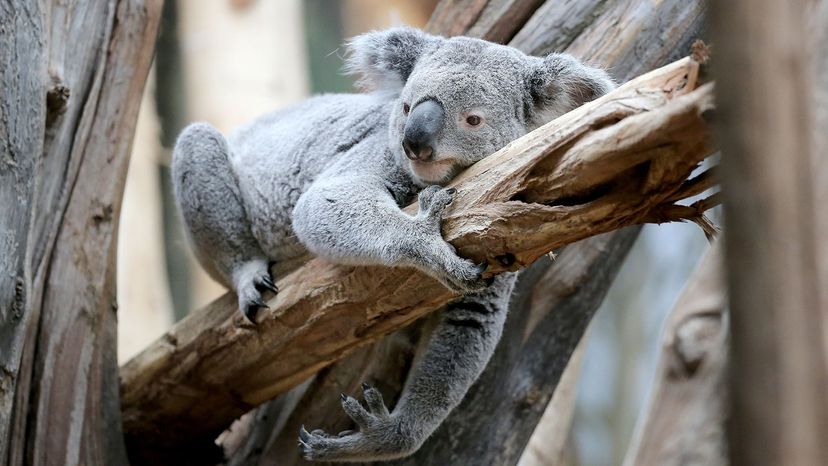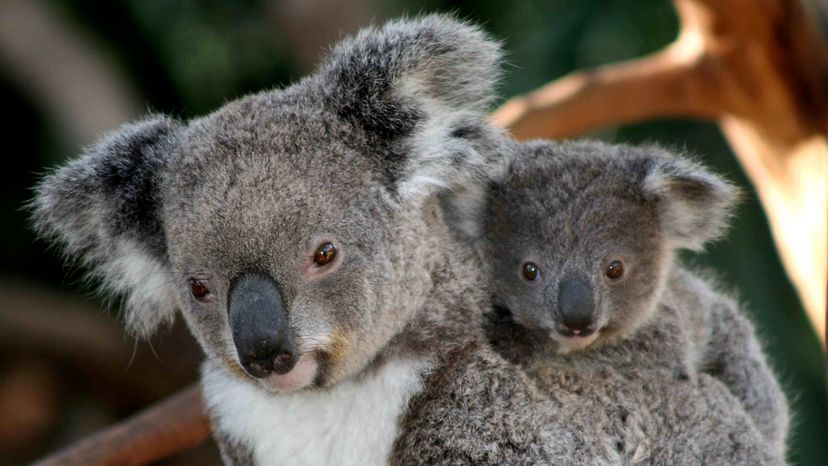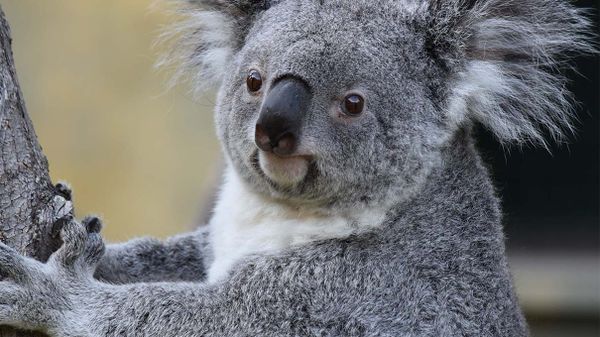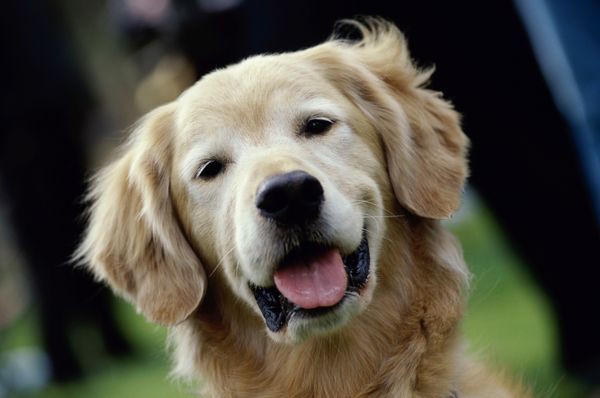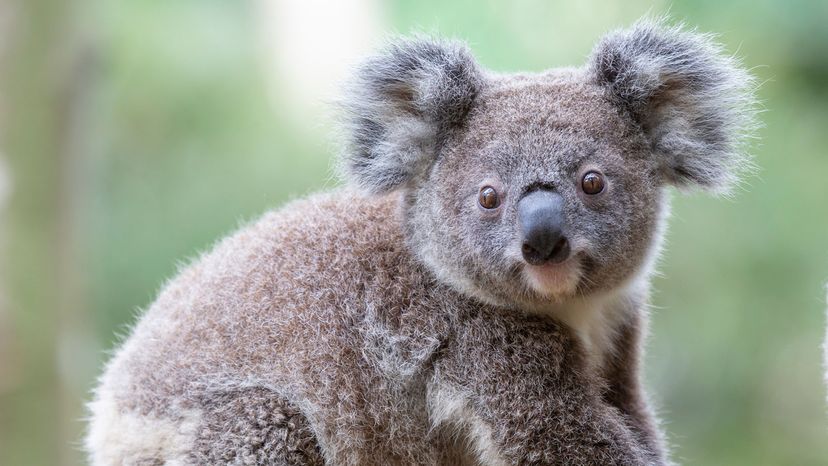
Australia's got some pretty interesting animals, what with all their bouncing kangaroos and freaky jumping spiders. It's safe to say that none are as cute as the koala, a cuddly-seeming marsupial (with shockingly sharp claws) whose visage graces the cover of so many tourism brochures, websites and commercials for the land Down Under.
Related to kangaroos and wombats, koalas are marsupial mammals, known for their trademark baby pouches. That's not the only reason that they're extra interesting, though. Here are some fun facts about koalas (just don't call them "koala bears" – they're not related to bears in any way).
Advertisement
